
This parent guide supports parents in helping their child at home with the 7th grade Science content.
- Subject:
- Science
- Material Type:
- Reference Material
- Vocabulary
- Author:
- Kelly Rawlston
- Letoria Lewis
- Date Added:
- 10/11/2022

This parent guide supports parents in helping their child at home with the 7th grade Science content.
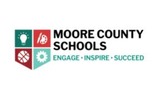
Students will plan a severe weather report using information learned about severe weather phenomena. They will use the iPads and green screens to plan and create their severe weather report. Students will let the general public know how such phenomena occur, how they should proceed and cautions to adhere to while the event is occuring.

This resource accompanies our Rethink 7th Grade Science course. It includes ideas for use, ways to support exceptional children, ways to extend learning, digital resources and tools, tips for supporting English Language Learners and students with visual and hearing impairments. There are also ideas for offline learning.
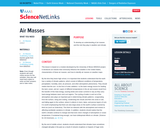
Students learn about air masses and the role they play in weather and climate.

Students complete a guided reading, define vocab, answer comprehension questions and create a graphic organizer.
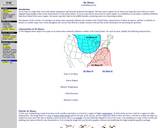
The purpose of this online tutorial activity is to introduce air masses that commonly influence the weather in the United States, characteristics of these air masses, and how to identify air masses on weather maps. Key words throughout this activity link directly to helper resources that provide useful information for answering the questions.

Students complete a guided reading, define vocab, answer comprehension questions and create a graphic organizer.

Students complete a guided reading, define vocab, answer comprehension questions and create a graphic organizer.

Students complete a guided reading, define vocab, answer comprehension questions and create a graphic organizer.
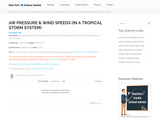
Students will graph data to better understand the relationship of low pressure to storm severity.
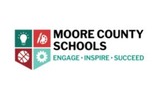
This is a hands-on project that uses George Orwell's novel, Animal Farm, as the touchstone text. Students work in groups to construct a functioning windmill that can generate electricity. Each student has a role based on the characters in the book. There are also segments of the project that focus on extracting key information from the text.
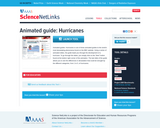
This interactive resource uses a series of animated slides to guide students through the development of a hurricane.

This resource discusses severe weather that can occur around the globe.

This resource is an article that discusses the different things that cause the earth's weather.
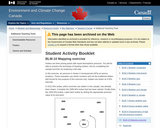
Students practice the technique of drawing isobars, first by completing a sample and then by analyzing a full map.
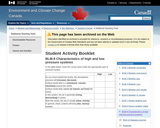
Students assess their understanding of pressure systems and the associated weather conditions that may result.
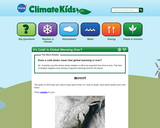
The movement of Arctic air, known as the Arctic oscillation, can and will cause periodic extreme winter weather outside the Arctic region - the harsh winter experienced in many parts of the U.S. in 2010 is a recent example. This article explains the connection between the two events. This article is part of the Climate Kids website, a NASA education resource featuring articles, videos, images and games focused on the science of climate change.

In this lesson, students will explore convection using classroom experiments on Earth and then compare the results with the results of the same experiment in the microgravity environment onbaord the International Space Station.

Students manipulate virtual variables such as wind strength and direction, latitudinal location, atmospheric moisture, and sea temperature to create ideal conditions for hurricane formation in this interactive activity.
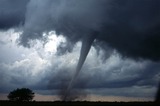
Lesson for students to investigate weather vocabulary